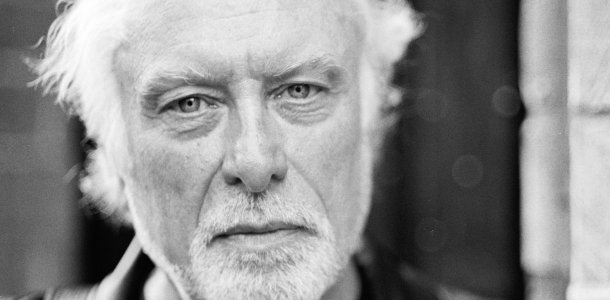Walter Mignolo em entrevista
Publicado27 Mai 2015

Walter Mignolo, professor da Duke University, convidado das Grandes Lições do Próximo Futuro, que apresenta no próximo sábado dia 30 a conferência As mutações da colonialidade e a atual (des)ordem mundial, e um dos teóricos associados à descontrução epistemológica do pós-colonialismo com o conceito de colonialidade/de-colonialidade, deu uma entrevista ao site Contemporay and onde fala da questão da "estética descolonial".
C&: Decolonial aesthetics is a concept you have developed in the process of your reflections and work. How did this come about?
Walter Mignolo: First of all, this one, as any concept of the modernity/coloniality/decoloniality collective project, is a consequence of collective conversations. It was introduced in the conversation by Adolfo Alban Achinte, perhaps toward 2003, when he was still a PhD candidate at the Universidad Andina Simón Bolívar in Quito, Ecuador. It came out of conversations on the colonial matrix of power: what is the place of aesthetics in the colonial matrix? We have been talking about coloniality of knowledge and coloniality of being, political and economic coloniality, or coloniality of religion trapping spirituality, coloniality of gender and sexuality, coloniality of ethnicity (from which racism sprung). But we had not yet touched aesthetics. And the reason was that none of us up to that point were artists or art historians or art critics. But Adolfo was, being an artist and activist, from the Colombian Pacific, Afro-Colombian.
It was in the summer of 2009 that the issue exploded. At that point Adolfo was already the assistant to the director of the program, Catherine Walsh. I have been a professor and collaborator of Catherine Walsh since the beginning of the PhD program. Pedro Pablo Gómez, from the School of Fine Arts in Bogotá, was working on his PhD but was also the general editor of a new publication, CALLE 14. revista de investigacion en el campo del arte (“STREET 14. journal of investigation in the field of art”). He invited me to write an article for the journal. The article “Aesthesis Decolonial” was published in March of 2010. But, while the article was in production (I finished it in the fall of 2009) Pedro Pablo suggested to co-curate an exhibit-cum-workshop with the title “Estéticas Descoloniales” (“Decolonial Aesthetics”). The subtitle became, in the process “Sentir, pensar y hacer en Abya-Yala” (“Sensing, thinking,g and doing in Abya Yala”). We emphasized “sensing, thinking and doing”, breaking away from the European eighteenth-century distinction and hierarchy between “knowing, rationality” and “sensing, emotions.” Meanwhile, Adolfo was in Argentina participating in a workshop organized by Zulma Palermo, in Salta, a member of the collective. Zulma was also working with some of her colleagues and students on the question of an aesthetics/aesthesis.
DECOLONIAL AESTHETICS/AESTHESIS HAS BECOME A CONNECTOR ACROSS THE CONTINENTS”
